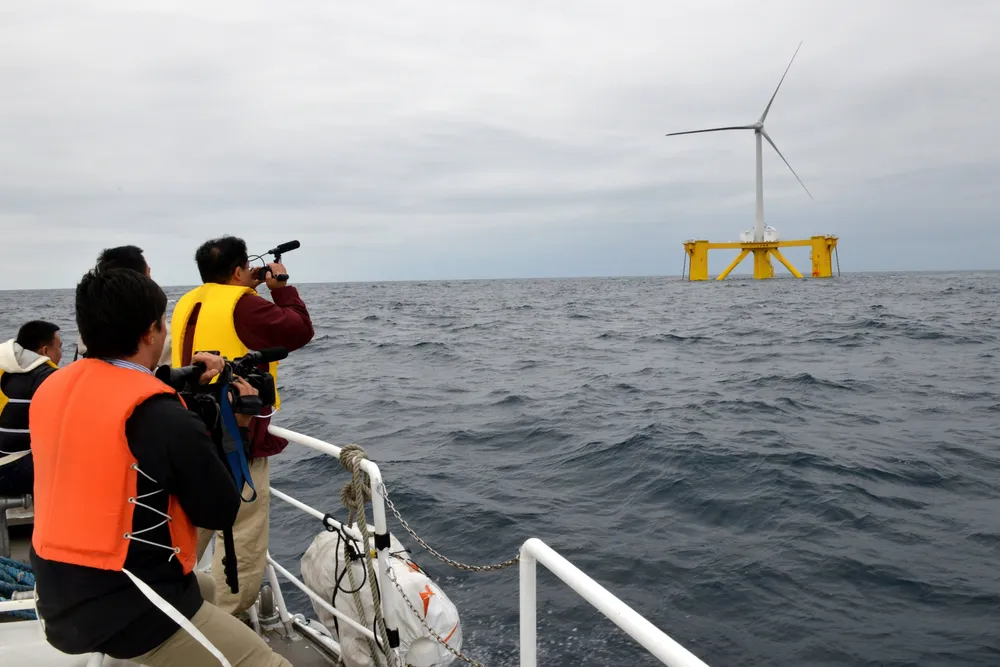Japanese giants in floating wind pact as EEZ beckons
Kanadevia, Taisei and Mitsui OSK Lines to work together as nation prepares to expand available seabed

Three major Japanese industrial players said they will cooperate over ways to speed commercialisation of floating wind power in a boost to the nation’s plans to extend the reach of its offshore wind ambitions.
Kanadevia Corporation (formerly known as Hitachi Zosen), Taisei Corporation and Mitsui OSK Lines will pool their expertise, which spans floating platforms and other key technologies, to come up with new approaches that can benefit the sector.
The three corporations said their pact comes after Japan’s approval of its latest Strategic Energy Plan, which aims to see renewables provide 50% of the nation’s power mix by 2040.
Kanadevia and Taisei both have a footprint in floating structures while shipping industry giant Mitsui OSK has expertise in towing and mooring.
Like other governments with ambitions in floating wind, Japan is keen to see cross-sector cooperation to speed technology development and aid standardisation in the industry – and most crucially lower costs.
The three partners said: “Japan's surrounding waters, including the EEZ, hold significant potential for floating offshore wind power. As a result, there is strong anticipation for the rapid development and deployment of many wind farms.
“The rapid introduction of floating offshore wind turbines requires swift mass production of low-cost floating structures as well as the introduction of related technology to reduce costs and risks.”
Floating is, however, supposed to form a significant chunk of the Japanese government's aim of reaching 30-45GW of capacity by 2040.
Some commentators have criticised the offshore wind target as unambitious, given the huge technical potential of the sector off the island nation.
The RE100 group of companies, which represents businesses seeking access to large-scale green energy supplies, said the goal was “insufficient” and is backing calls for a 2040 target of up to 90GW in the EEZ alone.
(Copyright)